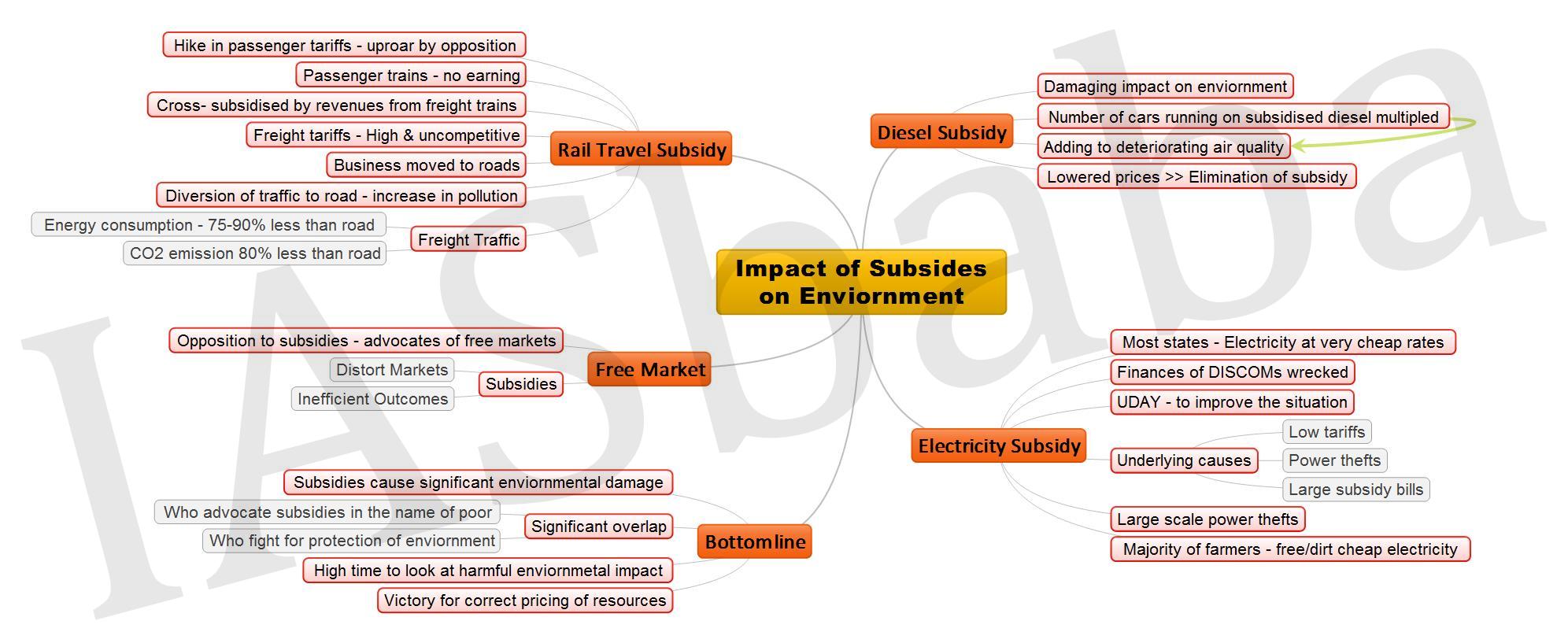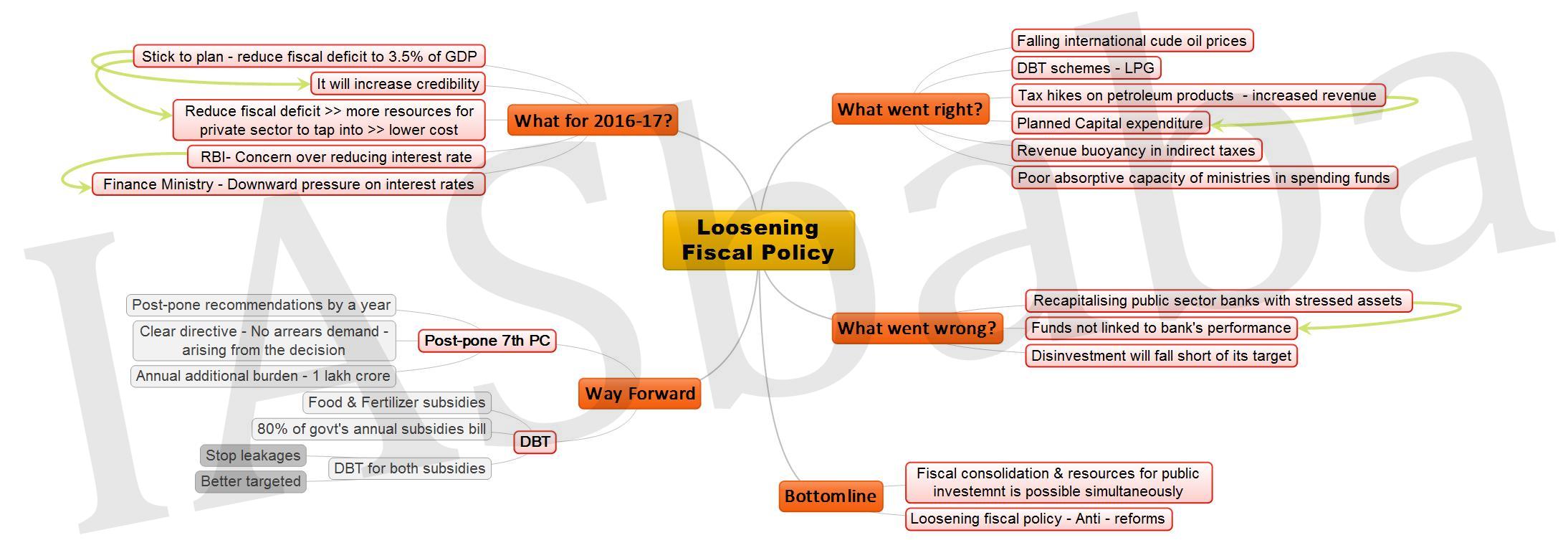IASbaba's Daily Current Affairs Analysis, IASbaba's Daily Current Affairs January 2016, National, UPSC
Archives
IASbaba’s Daily Current Affairs – 21st January, 2016
NATIONAL
TOPIC:
- General studies 2:
- Government policies and interventions for development in various sectors and issues arising out of their design and implementation.
- Welfare schemes for vulnerable sections of the population by the Centre and States and the performance of these schemes; mechanisms, laws, institutions and Bodies constituted for the protection and betterment of these vulnerable sections.
- Issues relating to development and management of Social Sector or Services relating to Health, Education, Human Resources.
- Issues relating to poverty and hunger.
- General studies 3:
- Inclusive growth and issues arising from it.
- Government Budgeting.
The case for Maternity Entitlements going Universal
- Since the National Food Security Act (NFSA) was passed in 2013, policy circles have been buzzing with talk of reforms in the public distribution system (PDS).
- However much less is debated on the state of maternal health condition in India, which forms an important aspect of health sector in India.
State of women health in India:
- Indian women are unhealthily thin when they begin pregnancy.
- The 2013-2014 Rapid Survey on Children finds that a little less than half of the women aged 15-18 are underweight.
- Further, women gain too little weight during pregnancy to nurture healthy babies.
- Maternal nutrition is so poor that Indian women actually weigh less at the end of pregnancy than sub-Saharan African women do at the beginning.
- As a result, India’s neonatal mortality rate is high, birth weight is low, and far too many children suffer the consequences of being undernourished in the womb.
Failed policies and poor implementation:
- According to the NFSA, “Every pregnant and lactating mother is entitled to a free meal at the local Anganwadi (during pregnancy and six months after child birth) as well as maternity benefits of Rs. 6,000, in instalments.”
- Unfortunately, except for laudable efforts in Odisha and Tamil Nadu, and a small pilot programme called Indira Gandhi MatritvaSahyogYojana (IGMSY) which is active in only 53 of India’s 676 districts, maternity entitlements have not been implemented.
Supreme Court direction:
- Last September (2015), the Supreme Court issued a notice to the Centre about non-implementation of maternity entitlements.
- A representative of the Ministry of Women and Child Development (MWCD) responded in late October.
- The response suggests that if the Finance Ministry allocates funds for maternity entitlements (the Finance Ministry has, at present, allocated funding only for the 53 IGMSY districts), the MWCD would expand IGSMY in its current form.
Indira Gandhi MatritvaSahyog Yojana (IGMSY)
- IGMSY is a conditional cash transfer, which means that mothers only receive benefits if they meet certain requirements.
- Recipients must register pregnancies with a village health worker, receive ante-natal check-ups, take iron-folic acid supplements, receive immunisation, attend infant-feeding counselling sessions, breastfeed for six months, and begin complementary foods at six months.
Universalise entitlements
- Although the NFSA clearly legislates a universal entitlement, IGSMY, which MWCD proposes to expand, restricts benefits to the first two births.
- This position appears to be based on the ill-conceived notion that universal transfers increase fertility.
Certainly, people respond to incentives. But a Rs. 6,000 transfer is not large enough to persuade parents to raise a child they don’t want.
Children are expensive:
The 2011 India Human Development Survey found that parents spend an average of Rs. 4,207 per year educating each 5-18-year-old child, not to mention what they spend on food, clothing, and medicines.
Way ahead:
- Maternity entitlements are an important policy tool for encouraging better maternal health.
- But a well-designed programme would not merely scale up the IGMSY.
- It would be, as the law already requires, a universal programme, and it would do away with conditionality in favour of educating families about the importance of investing in healthy pregnancies.
Connecting the dots:
- Critically analyse the state of women health in India along with measures taken by government to improve maternal health conditions.
- Critically examine the various issues associated with conditional cash transfers in India. Should such conditional cash transfers be promoted? Substantiate.
ENVIRONMENT
TOPIC:
- General studies 3:
- Infrastructure: Energy (Renewable) , Conservation, environmental pollution and degradation, environmental impact assessment.
- General studies 2:
- Government policies and interventions for development in various sectors and issues arising out of their design and implementation.
Shifting India to Clean Energy
India is running one of the largest renewable capacity expansion programs and by 2022, India aims to have:
- An installed solar energy capacity of 100 gigawatts (Gw)
- Wind turbine capacity amounting to another 60 Gw
The 175 GW target by 2022 will result in abatement of 326 million tons of CO2 equivalent/year.
- The next target is to double this, to 350 GW of RE by 2030
Positive Public Associations with Renewables:
Assumed that the environmental footprint will be small and woes will be eased off-
- Anthropogenic global warming,
- Conflicts in petroleum-rich regions,
- Atmospheric pollution,
- Environmental damage
- Conflicts caused by coal mining
Solar Energy
Ongoing scheme for development of the following owing to the high solar irradiation
- 25 Solar Parks
- Ultra-Mega Solar Power Projects
- Canal top solar projects
- One hundred thousand solar pumps for farmers
- Solarisation of all petrol pumps, toll plazas across country
But
- Utilization and maintenance of solar requires water or manual labour for keeping the panels clean
- Solar energy concentration technologies (some) kill birds by flash frying them in large numbers.
- Large amount of land is required—
- Setting up a capacity of 50 Mw in India needs about one square km of land
- A Gw (1 Gw=1,000 Mw) therefore, needs about 20 square km and 100 Gw will require upwards of 2,000 square km
- 40 Gw of that by 2022 is to be built on roofs
- Gujarat: Built arrays on top of canals
Wind Energy
- Estimations speak of millions (by some estimates more than 10 million) of birds getting killed all over the world every year by wind turbines
- Each turbine installation consumes large amounts of concrete and steel, PVC and fibre-reinforced plastics (materials with cruel footprints)
- Offshore Location:
- Problems connecting to the grid due to the necessity of laying undersea cables
- Will incur much higher maintenance costs due to the corrosive effects of sea water
Overall Costs & Concerns
Huge capital investment is required— around $95-100 billion equivalent of investments (at Rs 65/USD) to meet the 100 GW target of 2022 (current outstanding bank credit to the entire Indian power sector (conventional and RE) is $85 billion equivalent)
Technical challenges—
- In integrating intermittent power generation via solar and wind, with conventional grids
- Grid-balancing needs to get smarter
- Requirement of smart solutions for net metering i.e., adjusting power bills to reflect RE generated and be put on the grid by the consumer
Labour-intensive-Manual supervision is required to install, maintain and repair installations. Thus, loss of employment and loss of revenues in—
Construction Sector
- Less construction activity required
- Construction sector that has also led to ‘back-to-village’ phenomena- creating difficulties in the rural employment landscape- Think!
Coal Mining and the associated value chain— requires much better management of the transition phase (laying off phase)
Dependency on other fuels— Rare Earth Imports as well as crude and gas may increase (China and its market dynamics needs to be put into perspective as the country is the largest producer)
Connecting the Dots:
- Energy and environment are two side of the same coin
- Write short notes on the following
- National Clean Energy Fund
- National Mission for Enhanced Energy Efficiency
MUST READ
Dealing with the slowdown
Forging PPP of a different kind
Related Articles:
Kelkar panel to revive PPP in infra projects
How to fix Public Private Partnership (PPP) financing?
How to revive the PPP model in India?
The new quota- Bihar’s job reservation for women is a welcome gesture, but focus has to be on increasing opportunities and capabilities.
New power tariff policy tightens regulator’s role- The tariff policy has more than 30 amendments in the existing tariff policy — the National Electricity Policy, 2005.
India must capitalise on cheap crude oil-Even if Opec finally cuts production, it will be more than compensated by the return of Iran
Ending open defecation – The issue is deathly serious because widespread open defecation in India often leads to contamination of the water supply
Revamping teacher education- Unless average capacity of the existing teacher pool goes up, we will not see clear improvement in education for 20-25 years
Related Articles:
http://iasbaba.com/2015/08/iasbabas-daily-current-affairs-13th-august-2015/
http://iasbaba.com/2015/09/iasbabas-daily-current-affairs-12th-september-2015/
http://iasbaba.com/2015/08/iasbabas-daily-current-affairs-4th-august-2015/
http://iasbaba.com/2015/10/iasbabas-daily-current-affairs-16th-october-2015/
MIND MAPS
1. Impact of Subsidies on Environment
2. Loosening Fiscal Policy
















